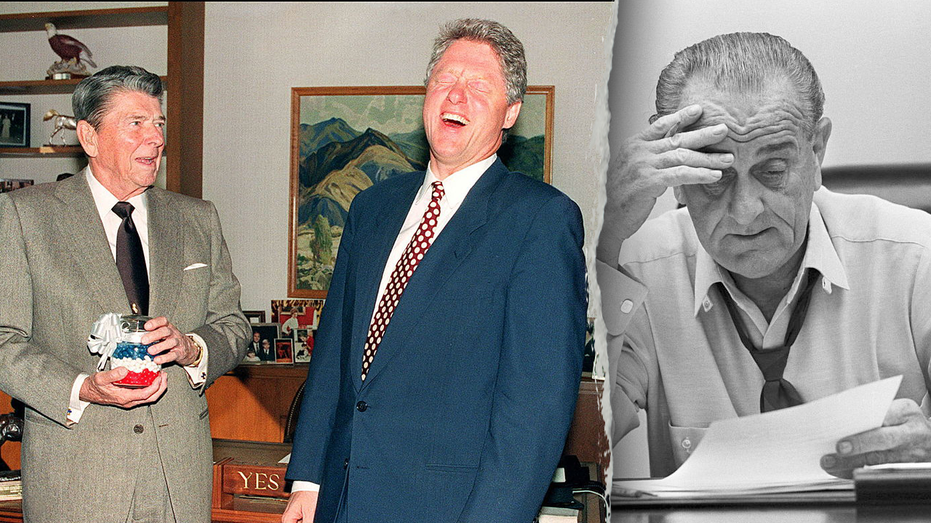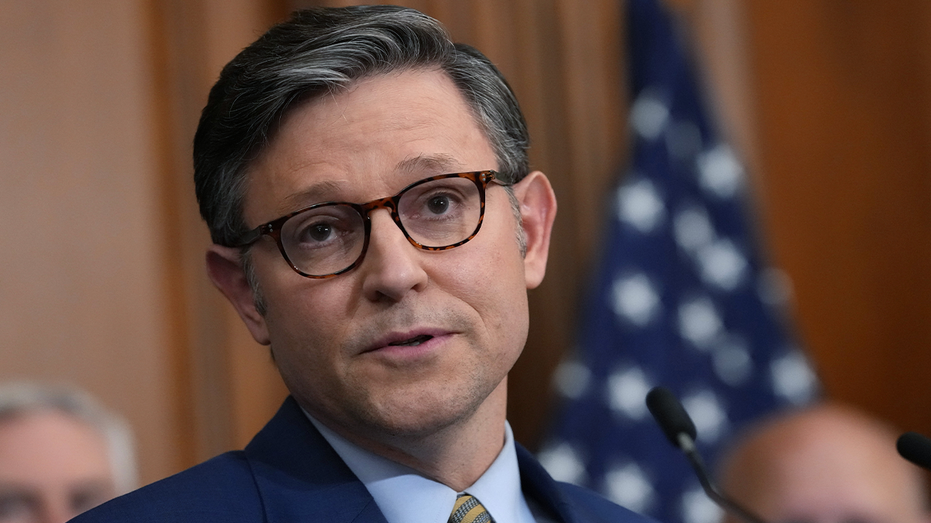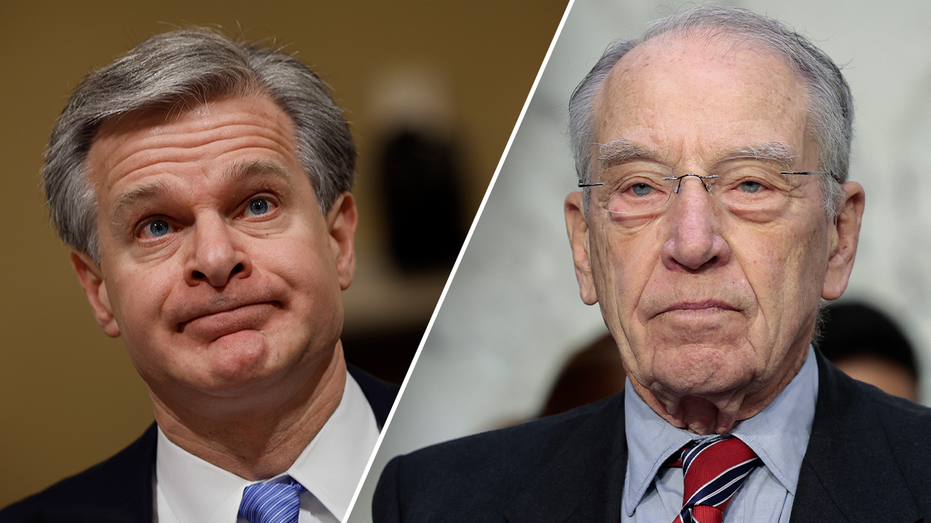Elon Musk Exits DOGE: A Recap of Past Efforts to Combat Waste, Fraud, and Abuse and Their Outcomes
LBJ-era Pentagon reforms resurface through Trump's budget priorities, highlighting decades of federal efforts to streamline and cut defense costs.

As Elon Musk makes his exit from the Department of Government Efficiency (DOGE), his tenure adds to a notable tradition of efforts aimed at reining in the size and cost of the federal government. Throughout the country’s history, presidents have grappled with the challenges of government reform—sometimes slashing bureaucracy, other times watching it swell as new priorities arose. Musk’s approach—and the attention his moves attracted—reflects both the persistent allure and the stubborn obstacles of reshaping Washington.
Historical attempts at downsizing the government date back to early American administrations, as seen in Thomas Jefferson’s campaign against the judiciary, Andrew Jackson’s focus on treasury cuts, and Grover Cleveland’s push for civil service reform. Yet, it was over the course of the 20th century that federal bureaucracy grew into its modern form, drawing renewed scrutiny and calls for overhaul. The relentless expansion of federal agencies and programs has consistently fueled debates about efficiency, accountability, and fiscal responsibility.
While Democrats are often portrayed as advocates of big government, the 1990s saw bipartisan cooperation to make Washington leaner. President Bill Clinton famously declared, "The era of big government is over," in his 1996 State of the Union address. Clinton’s administration, partnering and clashing with congressional Republicans led by House Speaker Newt Gingrich, managed to shrink the federal workforce, implement welfare reform, and temporarily balance the federal budget. The National Performance Review initiative, led by Vice President Al Gore, sought to cut red tape and reduce costs, echoing themes that Musk would echo decades later under the DOGE banner.
Despite these successes, major entitlement reforms—considered essential by fiscal hawks—largely remained out of reach. This challenge is one shared by more recent leaders, demonstrating the entrenched nature of certain government programs and the political risks associated with altering them. Clinton ultimately presided over a slimmer bureaucracy yet could not fundamentally change the structure of federal spending.
Republican-led reform movements have also left their mark. Ronald Reagan swept into office in 1980 promising smaller government, lower taxes, and less regulation. His administration launched the renowned Grace Commission, charged with rooting out inefficiency and waste in federal agencies. Over three years, the commission recommended hundreds of billions in potential savings—but, as with so many such efforts, the implementation of these reforms met intense resistance from within the establishment. Despite his forceful rhetoric, Reagan’s tenure saw deficits climb and the national debt soar, underscoring the formidable obstacles facing any leader vowing to "starve the beast."
Other presidents, such as Lyndon Johnson, found themselves straddling competing impulses—expanding government through social programs while simultaneously attempting to streamline areas like defense. Johnson’s efforts to reform the Pentagon bureaucracy, aided by Defense Secretary Robert McNamara, encountered limited success. Large, complex agencies like the Defense Department proved especially resistant to lasting change.
In the end, each new chapter in the pursuit of government efficiency—whether under Clinton, Reagan, Johnson, or now Musk—demonstrates a fundamental truth about Washington: meaningful reform remains elusive. Ambitious goals can quickly become bogged down in the realities of politics, bureaucracy, and competing interests. As a result, the debate over how to create a more efficient, responsive government continues, with every new generation proposing its own solutions—and facing familiar hurdles.




